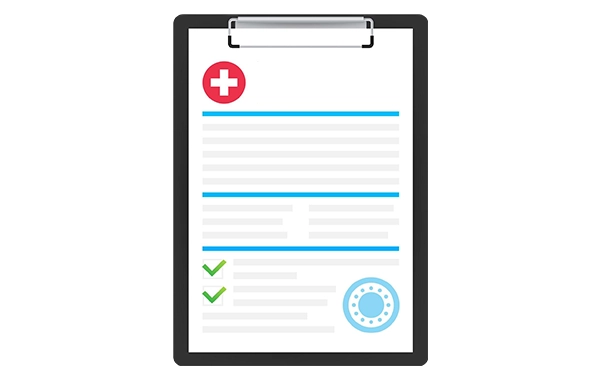Activities of Normal Life (OCF-12) – SABS
The Activities of Normal Life (OCF-12) form is designed for individuals who have been involved in an accident occurring on or after January 1, 1994. The form OCF-12, to be completed by the applicant or their guardian/family member if they are unable, is crucial for the insurance company to assess the necessary services and accident benefits the applicant may be entitled to receive. It is essential for determining the impact of the accident on the applicant’s daily life and for facilitating appropriate support and benefits from the insurance company.
Follow these steps to ensure all necessary information is accurately provided.
Part 1: Applicant’s Information
Last Name, First Name, and Initial
-
- Print your full legal name clearly.
Address
-
- Enter your complete home address, including city, province, and postal code.
Home Telephone
-
- Provide your home phone number.
Date of Accident
-
- Write the date of the accident in the format YYYYMMDD.
Check One (Initial/Follow-up)
-
- Indicate if this is your initial form submission or a follow-up.
Type of Home
-
- Check the appropriate box for your type of residence (house, condominium, apartment, townhouse, or other).
Number of Residents
-
- State the total number of people living in your home.
Number of Floors
-
- Specify the number of floors in your home.
Part 2: Description of Home
Size of Lot
-
- Describe the size of your property.
Number of Stairs
-
- Indicate the number of stairs inside and outside your home.
Part 3: Physical Activities and Functional Abilities
For each task listed, place a checkmark in the appropriate box to indicate your ability to perform the activity before and after the accident. Provide brief explanations of any limitations.
Personal Care
-
- Bathing, grooming, dressing/undressing, toileting, and other related tasks.
Mobility
-
- Walking, climbing stairs, driving, riding in a car, using public transportation, standing, and sitting.
Household Tasks
-
- Tasks such as grocery shopping, meal preparation, cooking, washing dishes, sweeping, dusting, vacuuming, bed making, bathroom cleaning, floor washing, oven and refrigerator cleaning, garbage removal, and other cleaning activities.
Laundry
-
- Washing/drying, ironing, sewing.
Home Maintenance Activities
-
- Grass cutting, gardening, snow shoveling, and other similar tasks.
Part 4: Cognitive Activities
For each cognitive task, place a checkmark in the appropriate box to indicate your ability to perform the activity before and after the accident. Provide brief explanations of any limitations.
Mental Functions
- Balancing a bank book, keeping appointments, remembering errands, reading and recalling information, following movies or TV shows, planning and organizing meals or shopping, remembering and following directions, and prioritizing activities.
Part 5: Communication and Emotional Control
For each task related to communication and emotional control, place a checkmark in the appropriate box to indicate your ability to perform the activity before and after the accident. Provide brief explanations of any limitations.
Communication
- Driving/riding, relating to others without irritability or temper, participating in social activities, keeping track of conversations, finding words to express thoughts, and writing so others understand.
Emotional Behavior
- Describe any difficulties controlling emotions or behaviors.
Part 6: Other Information
Additional Activities
-
- Describe any other activities you normally did before the accident that you can no longer do.
Additional Sheets Attached
-
- If you need more space, attach additional sheets and check the corresponding box.
Part 7: Signature
Signature of Applicant or Substitute Decision Maker
-
- Sign and date the form, certifying that the information provided is true and correct.
Date
-
- Enter the date you completed the form in the format YYYYMMDD.
Important Notes
- Accuracy: Ensure all information is accurate and truthful.
- Clarity: Print clearly to avoid any misunderstandings or delays in processing.
- Assistance: If you are unable to complete the form yourself, a guardian or family member can assist you.
By carefully following these steps, you can ensure that your OCF-12 form is filled out correctly, helping your insurance company provide the necessary support and benefits.
Disclaimer: This guide is provided for informational purposes only and is not intended as legal advice. You should consult the Residential Tenancies Act or a legal professional.




